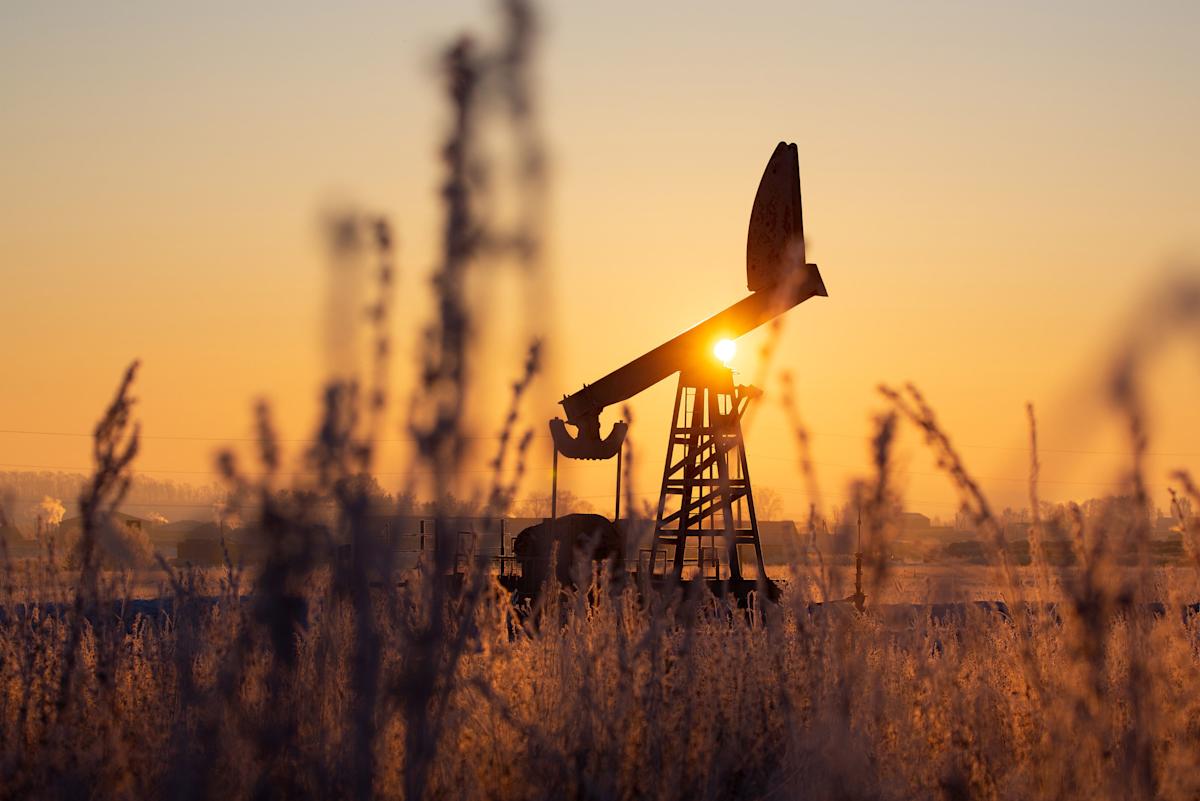OPEC+ to Pause Output Hikes After Small December Increase
(Bloomberg) — OPEC+ agreed to make another small output increase in December but will pause further hikes for the following three months, as the group balances its push for market share against signs of an emerging supply glut.
Key members led by Saudi Arabia agreed during a video conference on Sunday to revive about 137,000 barrels a day next month as expected, matching increases scheduled for October and November. However, the group announced it will hold off on further increases during January to March. The proposal was raised to account for weaker seasonal demand, according to a delegate.
Most Read from Bloomberg
The Organization of the Petroleum Exporting Countries and its partners have been drip-feeding the return of 1.65 million barrels a day halted two years ago, after rapidly restarting another layer of production earlier this year.
However, signs have been mounting that a long-awaited surplus is emerging, amid warnings of a bigger glut next year.
The meeting also takes place against a backdrop of increased pressure on Russia, the co-leader of the alliance, after the US sanctioned its two largest oil producers last month in a major escalation. While the move helped support prices after they dropped to a five-month low, one delegate said earlier that it’s too early for OPEC+ to gauge the overall market impact of the measures.
Meanwhile, Saudi Crown Prince Mohammed bin Salman heads later this month to Washington to meet President Donald Trump, who has repeatedly called on OPEC to help bring down fuel prices.
Brent crude futures are down about 13% this year, settling below $65 a barrel on Friday. As well as the sanctions on Russia, they’ve also drawn support from a one-year truce on trade tariffs reached last week between Washington and Beijing.
OPEC+’s actual output increases have fallen significantly short of the advertised volumes, as some members offset earlier overproduction and others struggle to pump more, limiting the impact on the market.
OPEC+ has repeatedly said that its decision to revive production this year — despite industry-wide warnings of a price slump — has been driven by “healthy market fundamentals” and low inventory levels. The resilience of prices for much of the year, even as the group restored a 2.2 million-barrel supply tranche a year early, partly validated its stance.



Leave a Comment
Your email address will not be published. Required fields are marked *